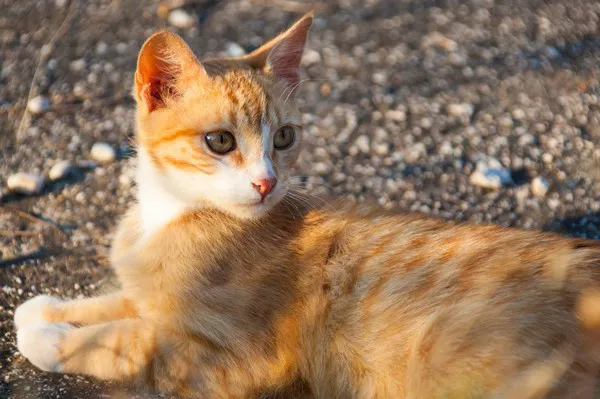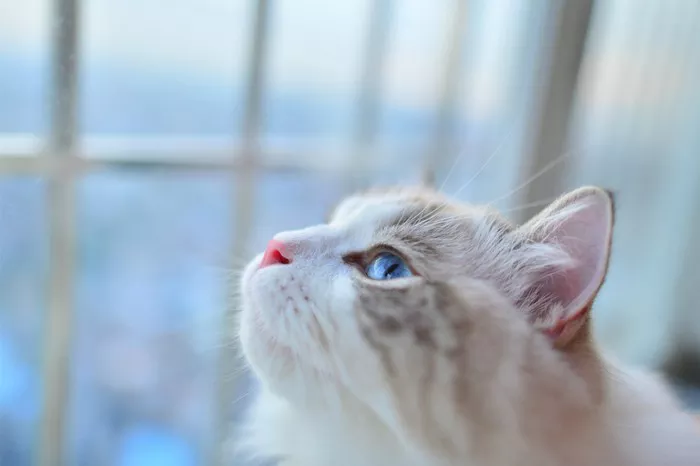Welcoming a new kitten into your home is a joyous occasion, filled with the anticipation of providing the best care possible. As your tiny feline friend embarks on the journey of growth and development, questions about their dietary needs become paramount. One common inquiry that resonates with new cat parents is, “Can a 1-month-old kitten eat wet food?” In this comprehensive guide, we will delve into the intricacies of feline nutrition, exploring the suitability of wet food for these delicate and developing companions.
Understanding the Developmental Stages of Kittens
Before we address the question at hand, it’s crucial to grasp the various developmental stages a kitten undergoes during their early weeks of life. The first month, often referred to as the neonatal stage, is a time of rapid growth and dependence on maternal care.
Birth to 2 Weeks: Neonatal kittens are entirely dependent on their mother’s milk. During this phase, their eyes and ears are sealed shut, and they are unable to regulate body temperature independently.
3 to 4 Weeks: The transitional stage sees kittens gradually opening their eyes and ears. They start to explore their surroundings but remain reliant on their mother’s milk.
5 to 8 Weeks: The socialization period begins, marking increased interaction with littermates and the mother. Kittens start weaning during this stage, transitioning from solely nursing to incorporating solid foods into their diet.
The Importance of Proper Nutrition in Early Weeks
During the neonatal stage, a kitten’s primary source of nutrition is their mother’s milk. This milk is not only a rich source of essential nutrients but also provides crucial antibodies that bolster the kitten’s immune system. While mother’s milk is irreplaceable during the first few weeks, the weaning process introduces an opportunity to introduce additional dietary elements.
Can a 1-Month-Old Kitten Eat Wet Food?
At one month old, kittens are in the transitional stage, gradually becoming more curious about the world beyond their mother’s care. It is during this period that introducing wet food becomes a consideration.
Wet food offers several potential benefits for 1-month-old kittens:
Hydration: Wet food has a higher moisture content compared to dry kibble, contributing to a kitten’s overall hydration. Adequate hydration is crucial for organ function, especially the kidneys.
Palatability: The enticing aroma and texture of wet food can be more appealing to kittens, making it an excellent option for enticing them to eat during the weaning process.
Nutrient Density: High-quality wet kitten food is formulated to provide essential nutrients necessary for growth and development. It often contains a balance of protein, fats, vitamins, and minerals suitable for a young cat’s needs.
Weaning Kittens onto Wet Food
The weaning process is a gradual transition from exclusive reliance on mother’s milk to a combination of milk and solid foods. Here’s a step-by-step guide for introducing wet food to your 1-month-old kitten:
Choose High-Quality Kitten Wet Food: Opt for wet cat food specifically formulated for kittens. These products are designed to meet the nutritional requirements crucial for early development.
Mix with Kitten Milk Replacer: To create a familiar taste, mix the wet food with a kitten milk replacer. This combination bridges the gap between the flavors kittens are accustomed to and the new textures they are encountering.
Gradual Introduction: Begin by offering a small amount of wet food on a shallow plate. Allow the kitten to investigate and taste the new food at their own pace. Initially, they may show more interest in playing with the food than consuming it.
Monitor Reaction: Pay close attention to your kitten’s reaction. Some may take to wet food immediately, while others might require more time. It’s essential to be patient and observe their preferences.
Consistency is Key: Maintain a consistent feeding schedule. While the kitten is still reliant on their mother’s milk, introducing wet food as a supplement helps them acclimate to a varied diet.
Potential Challenges and Considerations
While wet food can be a valuable addition to a 1-month-old kitten’s diet, there are considerations and potential challenges to keep in mind:
Digestive Sensitivity: Some kittens may have sensitive stomachs, and abrupt changes in diet can lead to digestive upset. Monitor for signs of diarrhea, vomiting, or lethargy and consult a veterinarian if concerns arise.
Balanced Nutrition: Wet food, while beneficial, should not entirely replace mother’s milk or a high-quality kitten milk replacer during the early weeks. Ensuring a balanced nutritional profile is crucial for a kitten’s proper growth.
Hygiene Practices: Wet food can spoil if left uneaten. Practice good hygiene by removing any uneaten portions promptly to prevent bacterial growth.
The Role of a Veterinarian in Kitten Nutrition
Consulting with a veterinarian is paramount when making dietary decisions for your 1-month-old kitten. A veterinarian can provide personalized guidance based on the kitten’s health, weight, and specific nutritional needs. Regular veterinary check-ups ensure that the kitten is developing appropriately and receiving the necessary care.
See Also: What Should I Feed My Cat After Giving Birth?
Conclusion:
In the journey of raising a 1-month-old kitten, the introduction of wet food serves as a significant milestone in fostering healthy eating habits. While the neonatal stage emphasizes the irreplaceable nature of mother’s milk, the transitional stage opens avenues for exploring a more diverse diet.
By understanding the developmental stages, the benefits of wet food, and the gradual weaning process, cat parents can navigate this crucial period with confidence. Patience, observation, and collaboration with a veterinarian create a harmonious approach to nurturing a 1-month-old kitten’s well-rounded and nutritious diet, setting the stage for a lifetime of feline health and happiness.


























